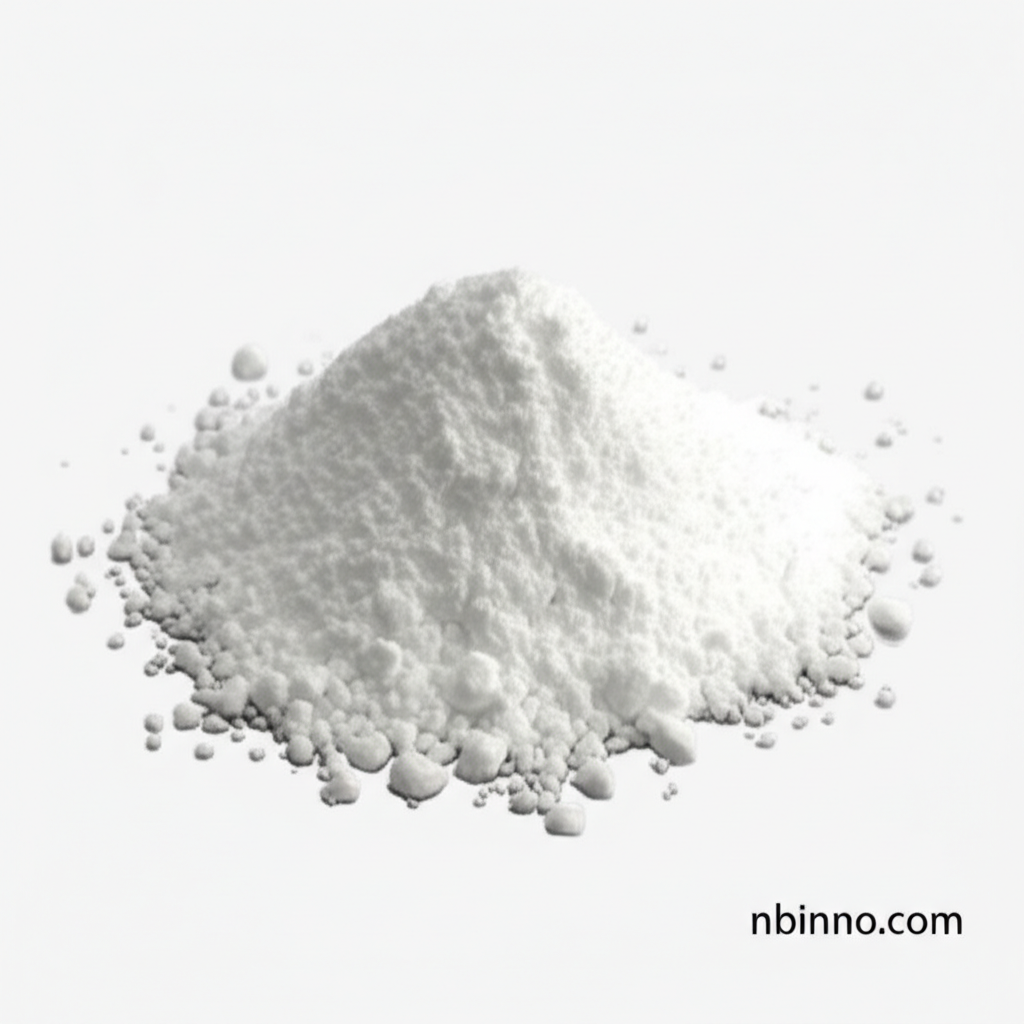Thioacetamide (CAS 62-55-5): A Versatile Organic Reagent for Synthesis and Analysis
Discover the properties, applications, and safety of Thioacetamide, a key compound in modern chemistry.
Get a Quote & SampleProduct Core Value

Thioacetamide
Thioacetamide (CAS 62-55-5) is a white crystalline solid, valued for its versatile applications in both organic synthesis and analytical chemistry. Its unique chemical properties make it a preferred choice for various laboratory procedures, offering a safer alternative to traditional reagents.
- Explore the essential thioacetamide chemical properties that make it a valuable reagent in laboratories worldwide.
- Learn about the critical thioacetamide uses in analysis, particularly as a safe substitute for hydrogen sulfide in precipitation reactions.
- Understand the importance of consulting the thioacetamide safety data sheet to ensure proper handling and risk mitigation.
- Investigate the role of thioacetamide in organic synthesis for creating complex chemical structures.
Key Advantages of Thioacetamide
Enhanced Safety Profile
Compared to hydrogen sulfide, thioacetamide offers a significantly improved safety profile, reducing risks associated with its use in chemical processes. This makes it a crucial component for researchers focusing on safe and efficient lab practices.
Versatile Reactivity
The compound exhibits versatile reactivity, enabling its use in a broad spectrum of applications, from precipitating metal cations in analytical procedures to serving as an intermediate in complex organic synthesis pathways.
High Purity and Reliability
Available in high purity grades (e.g., 99%), this reagent ensures reliable and reproducible results in scientific experiments, a critical factor when conducting precise chemical analyses or syntheses.
Key Applications
Analytical Chemistry
Thioacetamide is widely employed as a laboratory reagent for the precipitation of metal sulfides, acting as a safer and more manageable alternative to toxic hydrogen sulfide gas.
Organic Synthesis
The compound serves as a valuable building block and intermediate in the synthesis of various organic compounds, contributing to the development of new materials and pharmaceuticals.
Biochemical Research
Used in research settings to induce liver damage in animal models, facilitating the study of liver diseases, fibrosis, and potential therapeutic interventions.
Reference Material
As an ISO certified reference material with high purity, it is essential for calibration and quality control in chemical testing and research laboratories.
Related Technical Articles & Resources
Why Choose Us?
Leverage our expertise and state-of-the-art infrastructure to accelerate your journey from discovery to commercial success.
Global Experience
With 20 years of R&D, manufacturing, and sales experience, we proudly serve clients across 60 countries and regions worldwide.
Advanced Facilities
Our in-house R&D laboratory, pilot platform, and large-scale production workshop are equipped to meet the audit requirements of global customers.
Seamless Scalability
We facilitate a perfect transition from small-scale lab requirements (grams) to full commercialization (hundreds of tons).
